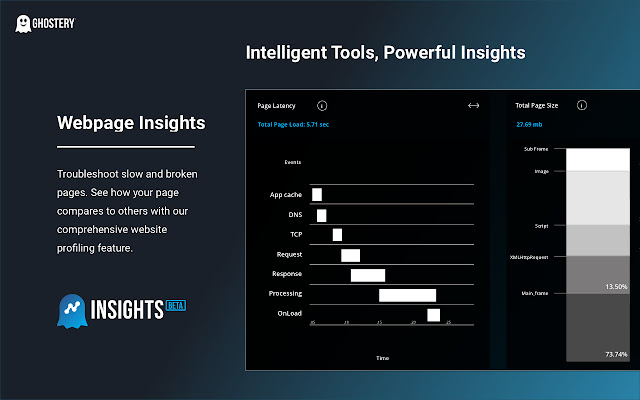What are Fibs in Trading? Reading Price Action with Fibonacci Levels
Intro I still recall the morning a year into my journey when a simple Fibonacci retracement turned a noisy chart into a story I could follow. The lines didn’t predict the exact move, but they framed a rhythm: pullbacks, bounces, and the zones where buyers or sellers could step in. Since then, Fibonacci levels—often called “fibs”—have become a quiet backbone for traders across markets. They show up in forex, stocks, crypto, indices, options, and commodities alike, guiding entries, targets, and risk controls without shouting over the noise.
What fibs are and why they matter Fibs are based on the idea that market retracements and advances often respect key ratios derived from the Fibonacci sequence, especially 23.6%, 38.2%, 50% (not a true Fibonacci ratio but a common convention), 61.8%, and 78.6%. Traders draw these levels from a swing low to a swing high (or vice versa) to map potential reversal zones. The math isn’t magic, but it taps into a common crowd psychology: buyers and sellers react near familiar price landmarks, creating predictable chokepoints.
Applying fibs across asset classes Across assets, fibs help traders spot where a move might stall or reverse. In forex, a EUR/USD pullback to the 38.2% level after a rally can become a clean launchpad for a new leg higher. In equities, a stock that retraces to the 61.8% level after a breakout might offer a high-probability continuation if other cues align. In crypto, where volatility swings are brutal, fibs provide a framework to enter with a tighter plan. Indices and commodities respond similarly: fib levels act as dynamic magnets where price action, order flow, and even sentiment converge. In options trading, fibs help estimate where the underlying might rest before a vol-driven move, informing which strikes and expiry windows to consider.
Blending fibs with context Fibs shine when used in concert with other signals. Confluence—when a fib level aligns with a trend line, a moving average, a volume spike, or a bullish/bearish candlestick pattern—significantly improves reliability. Relying on fibs alone can lead to whipsaws, especially in choppy markets or during news-driven moves. I’ve learned to respect the zones, not to worship them: a test of a fib level followed by a pause or a strong rejection from a support/support-turned-resistance area often yields the best risk-reward setups.
Leverage, risk management and reliability Leverage can turn a fib-guided idea into a trap if you overextend. A practical approach is to treat fibs as guideposts rather than guarantees. Use small, incremental position sizing, set stops beyond the next concrete level, and aim for at least a 1:2 risk-reward ratio on clean confluence trades. Backtest fib-based setups across different timeframes and across asset classes to gauge how often they hold in your market regime. In real life, a fib-anchored entry paired with disciplined risk control is more dependable than chasing every bounce.
DeFi, Web3 and the future landscape In Web3 finance, fibs still help because human behavior and liquidity dynamics echo across decentralized markets. Price charts for tokens, cross‑chain bridges, and DeFi indices show retracements that fibs can map, offering context for liquidity moves. The challenges, though, are real: data reliability, oracle risk, and fragmented liquidity can distort locally perfect fib zones. Decentralized exchanges demand extra caution, including robust risk controls and slower, methodical scaling rather than fear-driven loading.
AI, smart contracts and charting tools Today’s traders blend fib analysis with smart charting tools, automation, and AI-assisted pattern recognition. AI can scan for confluence across dozens of timeframes and assets, flagting fib levels that align with momentum, order flow, or sentiment shifts. Smart contracts may automate risk controls or even execute calibrated trades when multiple fib signals line up, while advanced chart platforms (think multi-asset dashboards) bring fib discipline into every day trade. The result is a more precise, repeatable approach that respects market rhythm.
Future trends and a closing note The road ahead for fib-based trading sits at the intersection of smart contracts, cross‑chain data, and AI-driven decision support. We’ll see more adaptable fib tools that adjust with volatility regimes, tighter integration with DeFi analytics, and safer leverage frameworks that help traders scale without sacrificing risk discipline. A strong tagline to keep in mind: fibs aren’t a secret code—they’re a heartbeat chart for the market.
Slogan: Fibs in trading—align with the market’s rhythm, ride the wave, and trade with clarity.



